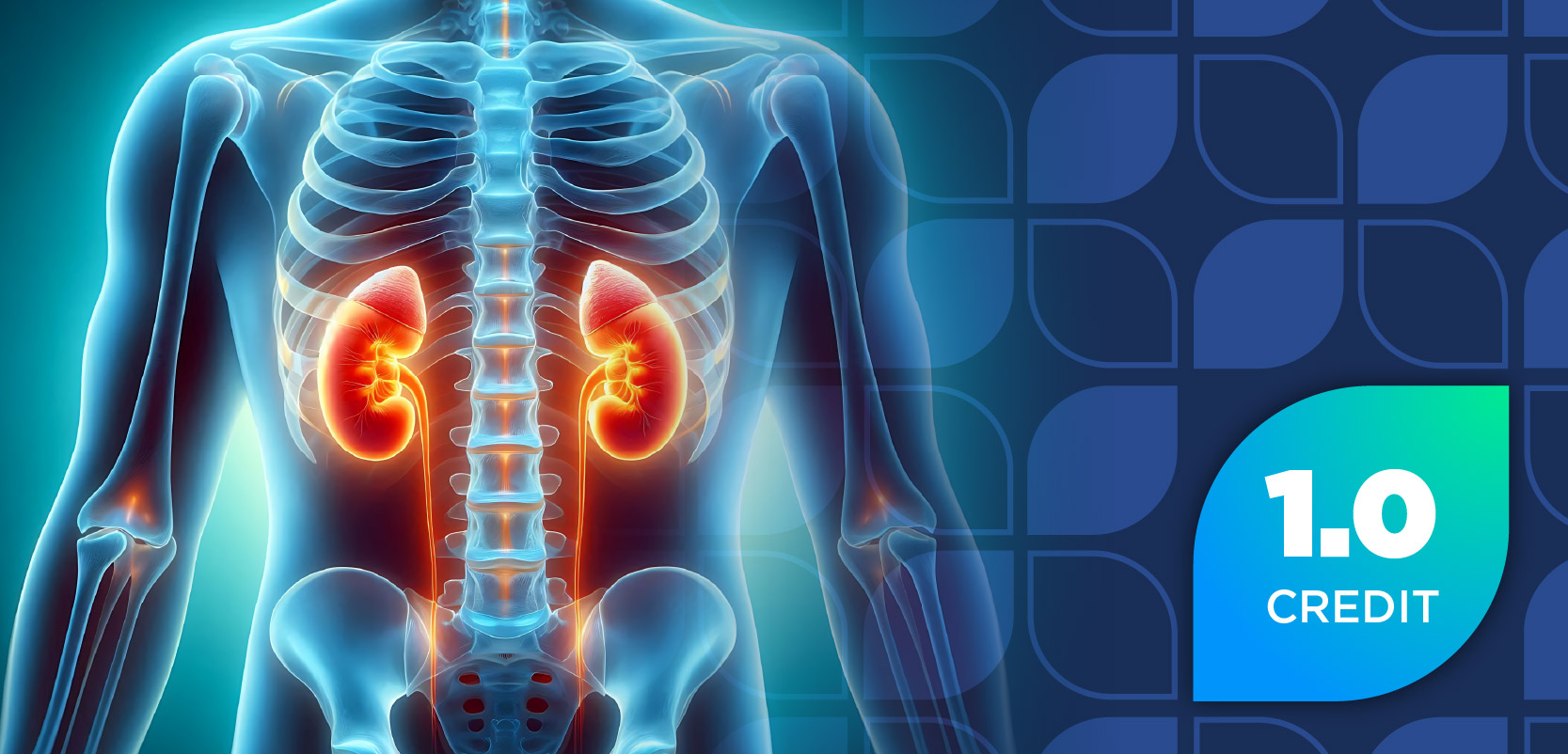
Once-Daily Alixorexton Improves Wakefulness at All Doses in Patients With Narcolepsy Type 1
Key Takeaways
- Alixorexton showed statistically significant improvements in wakefulness and patient-reported outcomes in NT1 patients, meeting primary and secondary endpoints in the phase 2 Vibrance-1 study.
- The drug demonstrated dose-dependent enhancements in wakefulness, excessive daytime sleepiness, and cataplexy rates, with significant results at a 6 mg dose.
In the double-blind portion of Vibrance-1, alixorexton improved wakefulness while eliciting broad benefits in patient-reported outcomes.
New results from the randomized, double-blind portion of the phase 2 Vibrance-1 study (NCT06358950) indicate that alixorexton (formerly ALKS 2680; Alkermes), an investigational oral orexin 2 receptor (OX2R) agonist, led to statistically significant and clinically meaningful improvements in wakefulness—as measured by the Maintenance of Wakefulness Test (MWT)—in patients with narcolepsy type 1 (NT1), according to a news release from Alkermes.1,2
Positive Phase 2 Results Bolster Alixorexton in Pipeline
Investigators in the trial found that alixorexton met the primary end point across all doses tested, demonstrating dose-dependent improvements from baseline compared with placebo in wakefulness. Furthermore, alixorexton induced clinically significant and robust improvements in patient-reported outcomes related to excessive daytime sleepiness and key symptoms, including poor cognition and fatigue.
Importantly, the OX2R agonist was well-tolerated across all tested doses, supporting the further study of alixorexton in a global, phase 3 trial of patients with NT1, Alkermes investigators noted. OX2Rs play a critical role in the maintenance of wakefulness in patients with NT1, which is characterized by the loss of orexin-producing neurons in cerebrospinal fluid. Alixorexton presents as a hopeful, potentially paradigm-shifting treatment for this population.1,3
“There is a clear and pressing need for new therapies for narcolepsy type 1, as patients continue to face a range of persistent symptoms that disrupt their day-to-day lives,” Giuseppe Plazzi, MD, PhD, neurologist and director of the narcolepsy center at the IRCCS of the Neurological Sciences of Bologna, said in a news release accompanying the study results. “These exciting data underscore the transformative potential of [OX2R] agonists for the treatment of [NT1] and highlight the differentiated features of alixorexton."1
Across Multiple Measurements, Alixorexton Improved Wakefulness
Vibrance-1 enrolled 92 patients with NT1, randomized 1:1:1:1 to receive either a 4-mg, 6-mg, or 8-mg dose of alixorexton or placebo to be taken once daily for 6 weeks. Investigators measured the change from baseline in mean sleep latency on the MWT at week 6, in addition to other key secondary end point measurements, such as change from baseline in Epworth Sleepiness Scale (ESS) score, mean weekly cataplexy rate (WCR), and incidence of adverse events.1
Alixorexton elicited meaningful and dose-dependent improvements in mean sleep latency (P < .0001 at all doses) compared with placebo at the week 6 follow-up point. Additionally, at all tested doses, alixorexton demonstrated significant improvements in excessive daytime sleepiness compared with placebo as measured by the ESS. For the final secondary end point, the investigators observed numerically improved weekly cataplexy rates across all doses at week 6, with statistical significance achieved at a 6 mg dose.1
A series of scales were used to measure exploratory patient-reported outcomes, all compared with placebo. On the Narcolepsy Severity Scale (NSS), alixorexton improved narcolepsy symptom severity at week 6 (P < .001 at all doses). The British Columbia Cognitive Complaints Inventory (BC-CCI) determined clinically significant improvements in cognitive complaints at week 6 (P < .0001 at all doses). Lastly, using the Patient-Reported Outcomes Measurement Information System (PROMIS) – Fatigue, the authors found improvements in fatigue at week 6 (P < .01 at all doses).1
Treatment-emergent adverse events (TEAEs) were limited in scope, as alixorexton was safe and tolerated well at all doses in this portion of Vibrance-1. Importantly, no serious TEAEs were observed; most were mild-to-moderate in severity and consistent with events reported in the phase 1 program of alixorexton, according to the investigators. In a sign of alixorexton’s tolerability, over 95% of patients who participated in this portion of the trial elected to join the ongoing 7-week, open-label extension.1
Potential of Orexin-Targeting Therapies
Alixorexton could transform treatment strategies for patients with NT1, narcolepsy type 2, and idiopathic hypersomnia if further research continues to garner positive results. Orexin is a key target of narcolepsy due to its importance in regulating wakefulness. According to investigators, orexin activates a series of downstream wake-promoting pathways that project throughout the brain, with research indicating that targeting orexins could lead to benefits in excessive daytime sleepiness. Critically, these benefits could be achieved regardless of whether orexin signaling is the cause of disease.1,4,5
Pharmacists stand to benefit from more options for the treatment of patients with narcolepsy. If alixorexton continues down its promising development pathway, it could become a standard of care option in the future for patients with NT1 and other hypersomnolence disorders.1
"Data from Vibrance-1 further characterize the clinical profile of alixorexton across a range of once-daily doses in a multiweek study in patients with NT1. Based on the positive outcomes across multiple symptoms important to patients, we are moving forward expeditiously to initiate a global phase 3 program,” Craig Hopkinson, MD, chief medical officer and executive vice president of research and development at Alkermes, said in the news release. “We look forward to sharing detailed data from Vibrance-1 at the World Sleep meeting in September.”1
REFERENCES
1. Alkermes. Alkermes announces positive topline results from Vibrance-1 phase 2 study of once-daily alixorexton in patients with narcolepsy type 1. News Release. Released July 21, 2025. Accessed July 22, 2025. https://investor.alkermes.com/news-releases/news-release-details/alkermes-announces-positive-topline-results-vibrance-1-phase-2
2. A Study to Evaluate the Safety and Effectiveness of ALKS 2680 in Subjects With Narcolepsy Type 1 (ALKS 2680-201) (Vibrance-1). National Library of Medicine. ClinicalTrials.gov Identifier: NCT06358950. Last Updated May 20, 2025. Accessed July 22, 2025. https://clinicaltrials.gov/study/NCT06358950
3. McGovern G. Trial Results Show Oral Orexin Receptor 2 -Selective Agonist Is Effective Over Placebo in Improving Wakefulness, Cataplexy in Patients With Narcolepsy Type 1. Pharmacy Times. Published August 1, 2023. Accessed July 22, 2025. https://www.pharmacytimes.com/view/trial-results-show-oral-orexin-receptor-2--selective-agonist-is-effective-over-placebo-in-improving-wakefulness-cataplexy-in-patients-with-narcolepsy-type-1
4. Buysse DJ. Diagnosis and assessment of sleep and circadian rhythm disorders. J Psychiatr Pract. 2005;11(2):102-115. doi:10.1097/00131746-200503000-00005
5. Ten-Blanco M, Flores A, Cristino L, et al. Targeting the orexin/hypocretin system for the treatment of neuropsychiatric and neurodegenerative diseases: From animal to clinical studies. Front Neuroendo. 2023;69:101066. doi:10.1016/j.yfrne.2023.101066
Newsletter
Stay informed on drug updates, treatment guidelines, and pharmacy practice trends—subscribe to Pharmacy Times for weekly clinical insights.




















































































































































































































